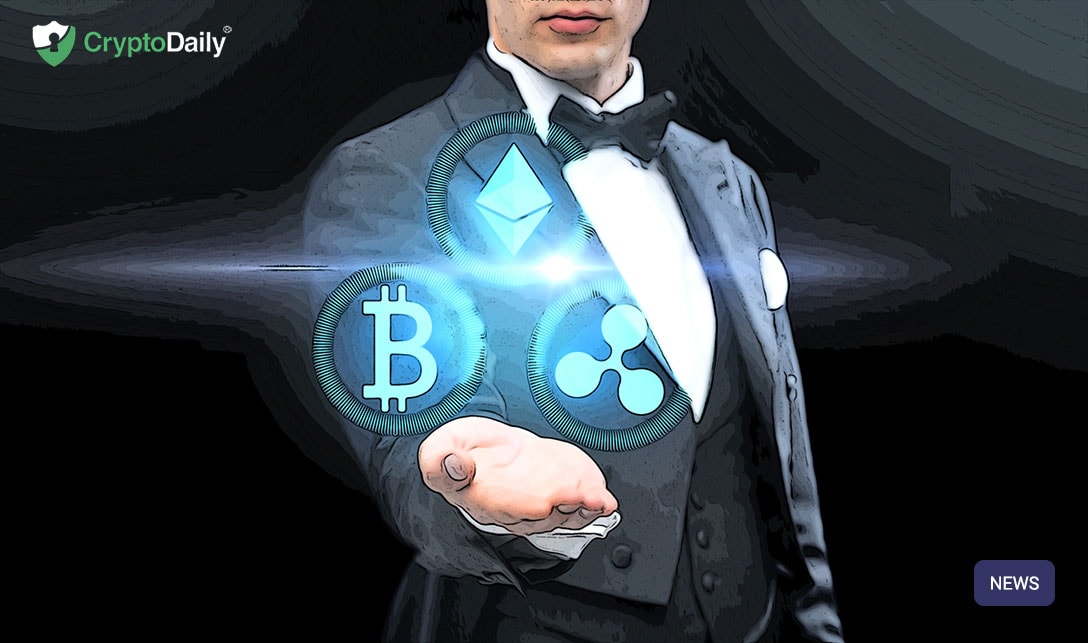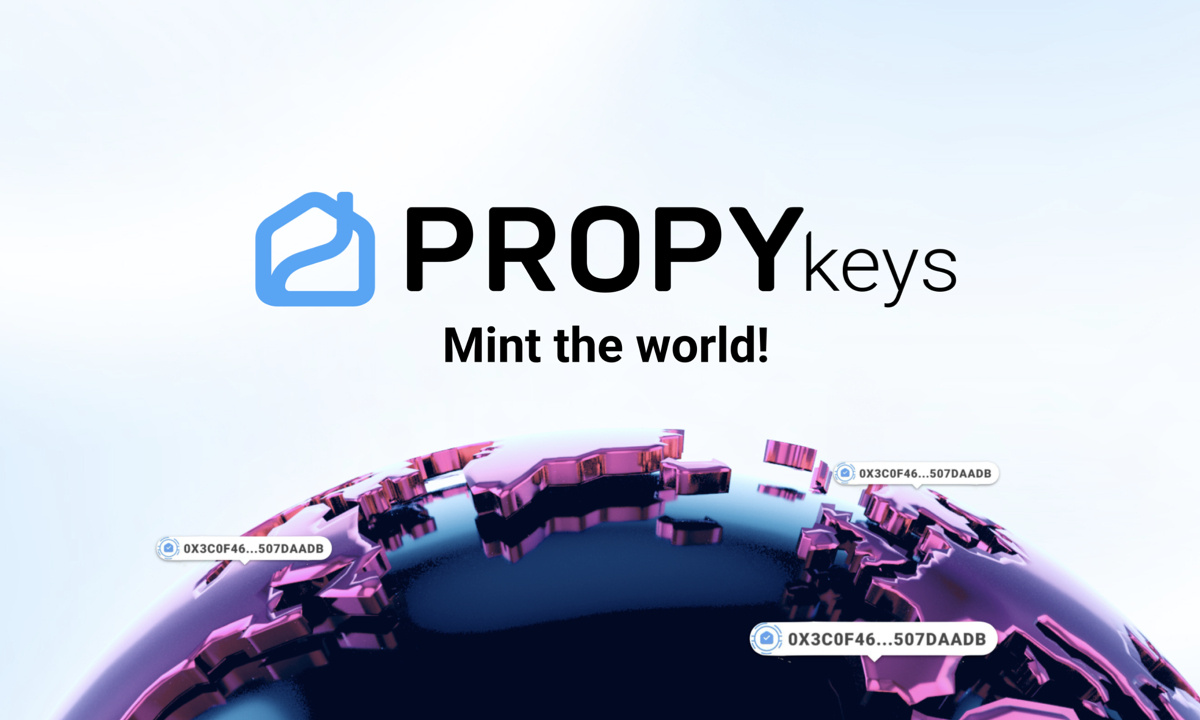Table of Contents
- Step 1: Understand why mass adoption has been delayed
- Step 2: Get started for free BEFORE you spend money
- Step 3: Explore a ground-up alternative
- Step 4: Get started without spending a dime
Cryptocurrency is brimming with untapped potential, and when you consider all of the diverse types of cryptocurrency currently available it’s easy to see why. From independent cryptocurrencies like Bitcoin to stablecoins, tokens backing dApps, and everything in between, decentralized databases are integral to our growth as a global society. In short, cryptocurrencies offer three distinct advantages over traditional fiat and financial databases: lower costs (reduce the middleman), increased stability (decentralized networks), and the immutability of funds (hack proof). With all of these perks at your disposal you may be wondering how to get started with cryptocurrency — here’s how.
Step 1: Understand why mass adoption has been delayed
Before investing in any new technology, you should always educate yourself on potential market blockers, weak points, and possible situations that could delay your ROI. Cryptocurrencies are no exception, which is what makes it crucial that you understand why cryptocurrencies have not yet been adopted by the masses.

- Technological restrictions - When Bitcoin first launched over a decade ago, it was the first of its kind, a unique decentralized database unlike any other. However, as the years passed, several forks and spinoffs created new chains with new purposes — but one major issue remained: transactions per second. Decentralized databases are inherently plagued by slow processing times that are an attribute of their decentralized nature.
- Broken trust - Anyone familiar with the crypto world between 2017 and 2018 will probably know the term “ICO boom,” and “cryptowinter.” Without a doubt, hundreds, if not thousands of ICOs being launched in a short period of time did not increase overall market adoption; it did the opposite. Once ICO after ICO went under, their websites were taken down, and their coins withered into nothing, the investors that lost a great deal of money as well as potential investors became more wary of cryptocurrencies in general.
- Lack of understanding - Cryptocurrencies are confusing, especially for those who aren’t immersed in a technological space. Terms like mining, private key, public key, hash, consensus protocols, and a host of others only add to this lack of understanding. Demystifying cryptocurrencies could potentially go a long way toward the pursuit of mass adoption.
- Distribution bottlenecks - In traditional cryptocurrencies, you have a few different methods for distribution, including mining, airdrops, referral rewards, and straight up purchasing the coin. In most situations you need some technical knowhow, and even when using routes like centralized exchanges to buy crypto with credit cards, you’ll still face fee and time-limit bottlenecks.
For a first-time user, there is a ton of information to learn and digest before even considering buying your first cryptocurrency. Most of the time it’s easier if you just have friends that are into crypto and they buy it for you, helping you circumnavigate the entire process so you can just hand them some cash while trusting them to hold your private keys. But what if there was another way?
Step 2: Get started for free BEFORE you spend money
During the ICO boom, there were hundreds of airdrops and it was very easy for users to amass dozens upon dozens of random tokens from emerging companies. But as the old saying goes: “easy come, easy go.” Users had no incentive to hold onto the tokens they were given; they didn’t offer much so they typically sold them the moment the ICO’s coin was listed on an exchange. Overall, these airdrops failed because the value of the product didn’t meet the users’ needs.
So traditional methods aren’t achieving mass adoption, airdrops weren’t able to achieve mass adoption, and current stablecoins aren’t able to achieve mass adoption - what haven’t we tried?
In the 1950s, Bank of America began a special localized distribution of a credit card in Fresno, California, by signing up hundreds of Fresno merchants. They did this by identifying a specific niche market and focusing on growing their customer base first before going nationwide. What started as dropping less than 100,000 credit cards to users quickly grew into a nationwide boom. By focusing on a small market first, they created envy in the customers who couldn’t access the cards, and people telling their friends about them only made people more anxious to get their hands on a card themselves. Can crypto do something similar?
Step 3: Explore a ground-up alternative
One cryptocurrency that is attempting to shake things up is ONFO, a stablecoin that uses the Stellar Consensus Protocol (Federated Byzantine Agreement) to secure its network-mined currency as it rolls out globally. Technical jargon aside, ONFO is a project attempting to do something that few tokens have done in the past - rely entirely on people’s social networks to launch its product. So what is network mining and why should you care?
Network mining is a referral-based system that restricts users from joining the ONFO network unless they have an invite code. Users with codes can invite an unlimited number of people and they are rewarded a preset amount of tokens based on each referral that joins the network. Users are also rewarded for each person their referee invites, up to three generations down the line. Unlike standard affiliate programs, users aren’t just given one reward and expected to go find more users to refer. By being rewarded in ONFO coins, users can continually grow their coins through referrals while also growing the entire ONFO network; theoretically increasing the value of their individual coins as the network grows. Here’s how network mining sustains the network:
- There is no barrier to entry. Users only need an Internet connection and a social media profile.
- Excited users invite other excited users, creating a user base off the start that has already invested their time into the project and isn’t just there to collect their airdrop.
- As the value of the ONFO coin increases, eventually it will split, reducing the cost of each ONFO coin by increasing the total coin supply — this works the same way as a stock split.
On a global scale, ONFO’s network-mining concepts will scale within small communities first, just as Bank of America chose Fresno to launch their credit card and Facebook chose Harvard to launch their social media platform. Relying on smaller, more close-knit communities to get excited about your product and help it grow organically is definitely something that crypto has been lacking.
Step 4: Get started without spending a dime
Going the traditional route, no matter what cryptocurrency you pick, it’ll end up costing you. Want to get started in crypto with Bitcoin? You can either mine it (expensive rig) or buy it from an exchange. Even if you just want $10 worth of Bitcoin to get your feet wet, you’ll end up paying fees on top of that, and then fees again when you want to eventually convert it back to fiat. Instead, learning how to use wallets, becoming familiar with blockchains, and owning your first cryptocurrency could be completely free with a coin like ONFO.

It’s important when diving into something new, especially something like cryptocurrency that could potentially end up being very expensive, that you take your time and learn the basics. ONFO’s wallet can be downloaded right to your phone or used in a web browser for free, and inviting your friends and seeing your balance increase after they join may be just the small excitement you need to get hooked. The world of crypto is massive, but there is no shame in starting out small.
Investment Disclaimer






